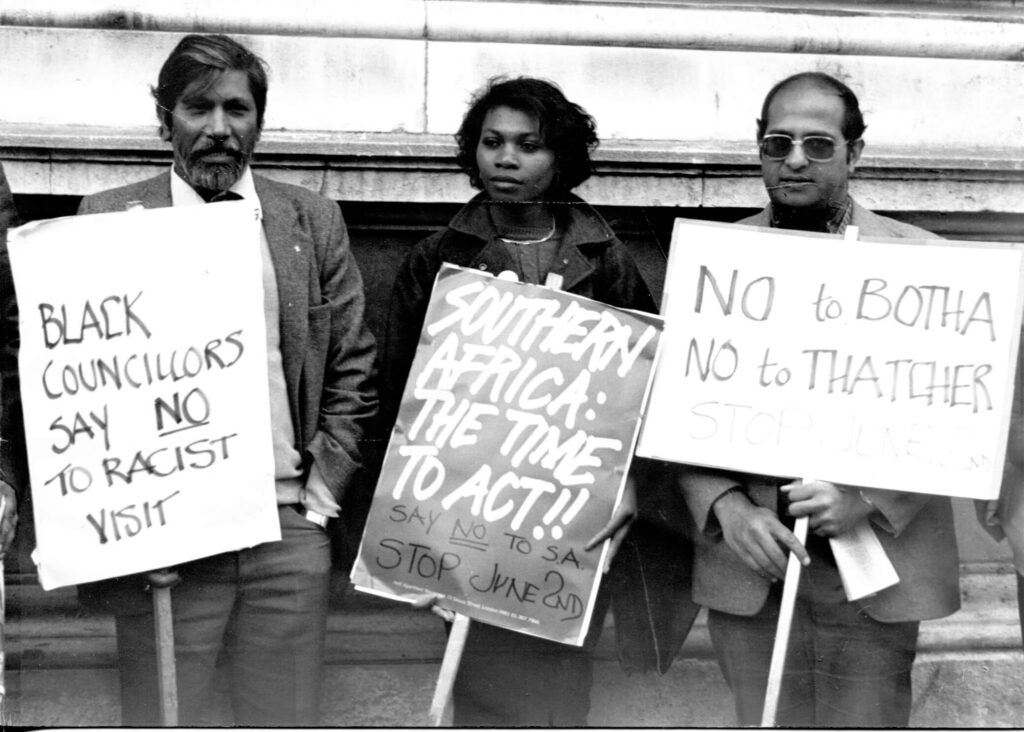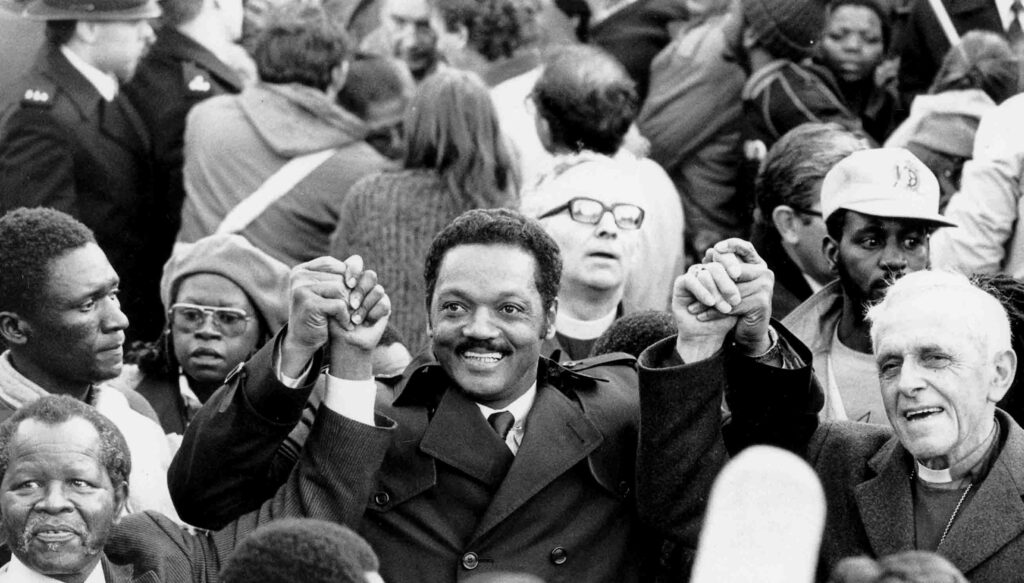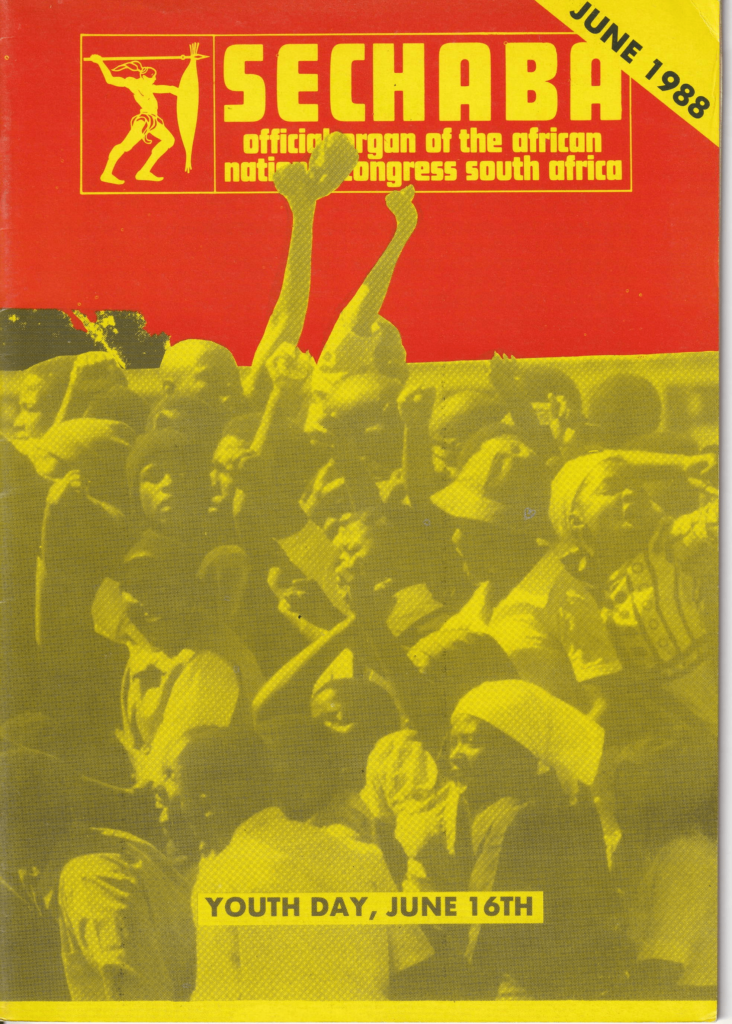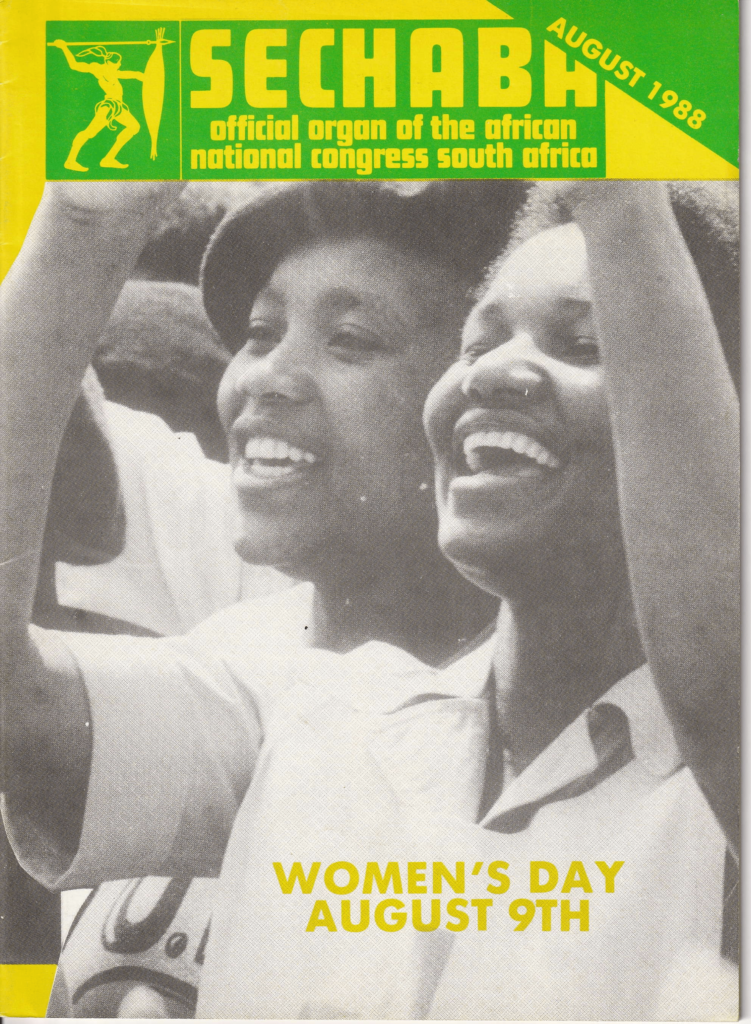We are currently building the Anti-Apartheid Legacy: Centre of Memory and Learning (CML) at 28 Penton Street, the former London HQ of the African National Congress in exile.
The CML will become the first permanent UK venue to engage the heritage of the movement against apartheid, unlocking the heritage of one of the most influential, Black-led social movements of the 20th Century. Through exhibitions, events workshops, and engagement activities, it will create permanent resources that recognise the significance of this struggle within UK history, and draw from its inspiring legacy to support community resilience, empowerment, and cohesion.
The movement against apartheid (MAA) and 28 Penton Street
“We thank the British people once again for their relentless efforts in supporting us during the dark years. When Oliver Tambo and I visited Westminster Abbey and Parliament Square in 1962, we half-joked that we hoped that one day a statue of a black person would be erected here.”
Nelson Mandela, at the unveiling of his statue in Parliament Square, 2007

Image: Nelson Mandela outside Westminster Abbey in 1962. Image: IDAF/Rex Features
The movement against apartheid united British people and communities across generations and cultures to lead change through political and civic action. Through solidarity, allyship, advocacy, and perseverance, they played a major role in the end of repressive apartheid rule in South Africa.
The model of solidarity created by Britain’s movement against apartheid, has been used across the world, to challenge other repressive, dictatorial regimes as well as contemporary mass social justice movements.

The home of the ANC in-exile in the UK, it was at 28 Penton Street that many of the movement’s activities were co-ordinated, between 1978-1994. It was here that Oliver Tambo, ANC leader, and Thabo Mbeki, later president of South Africa, worked to overthrow the oppressive regime alongside locally residing figures such as Canon John Collins, Dulcie September and Ethel de Keyser; as well as 1000s of allies from SA diasporic, Islington, London, (inter)national communities.

Image: (bottom row, left to right) Oliver Tambo, the Revd. Jesse Jackson and AAM President, Father Trevor Huddleston in Trafalgar Square during a 150 000-strong demonstration to demand sanctions against South Africa, November 1985.
The history of activities at Penton Street tracks the multi-faceted elements that comprised the scale, scope, and success of the MAA. From these spaces, leaders collaborated on solidarity rallies; economic, cultural, trade and sports boycotts; and iconic publicity campaigns that the struggle remains well-known for today – such as the Free Nelson Mandela campaign led by the Anti-Apartheid Movement – central to launching Nelson Mandela as a figurehead for the liberation movement.
Images: Cards to celebrate the birthday of still imprisoned Nelson Mandela, by Hilda Bernstein, Steve Bell and the ANC (published from Penton Street)
Whilst many of the activities that took place from 28 Penton Street were carried out in relative secrecy to protect the wider mission and the lives of those who worked from there, several fundamentally important campaigns originated from there including SATIS, the lobby group to free all political prisoners and fight the death penalty in SA, the Votes for Freedom Campaign (in the run up to the first democratic elections) and that the building was a communications hub for the ANC in exile, including the printing of the ANC UK’s Weekly News and the editing of Sechaba, the internationally distributed magazine of the ANC and mouthpiece of the wider MAA. Penton Street was the place from which anti-aparthied advocacy with (inter)national visitors from diplomatic, political, and commercial spheres and covert operations in South Africa was co-ordinated.
On the 14th of March 1982, on the day of a major MAA demonstration, Penton Street was bombed. There were no deaths, though one ANC worker was injured. 11lb of explosives were used, severely damaging the building and destroying its printing facilities.
The bombing was part of a series of undercover operations that included break-ins and burglaries at Penton Street. Nine SA former security policemen later admitted to the bombing and were granted amnesty by the Truth and Reconciliation Commission.
“The building holds profound symbolic significance for MAA activists and SA diasporic communities: The Penton Street building is of fundamental importance to us. ..The building reminds us of the way in which London and its people welcomed us and our skills, supported the liberation struggle and gave us a home…a Centre of Memory and Learning at Penton Street will provide a much-needed way to empower our children with a sense of pride in their own histories and one in which their contribution to UK and global history serves to inspire action today and in the future.”
Cde. Jabu Sibeko, Chairperson, ANC UK
We are uniquely placed to tell the story of Penton Street and the MAA, with activists involved in the movement at the head of our organisation and committed to telling the story from the perspective of lived experience.
Read more about the bombing







